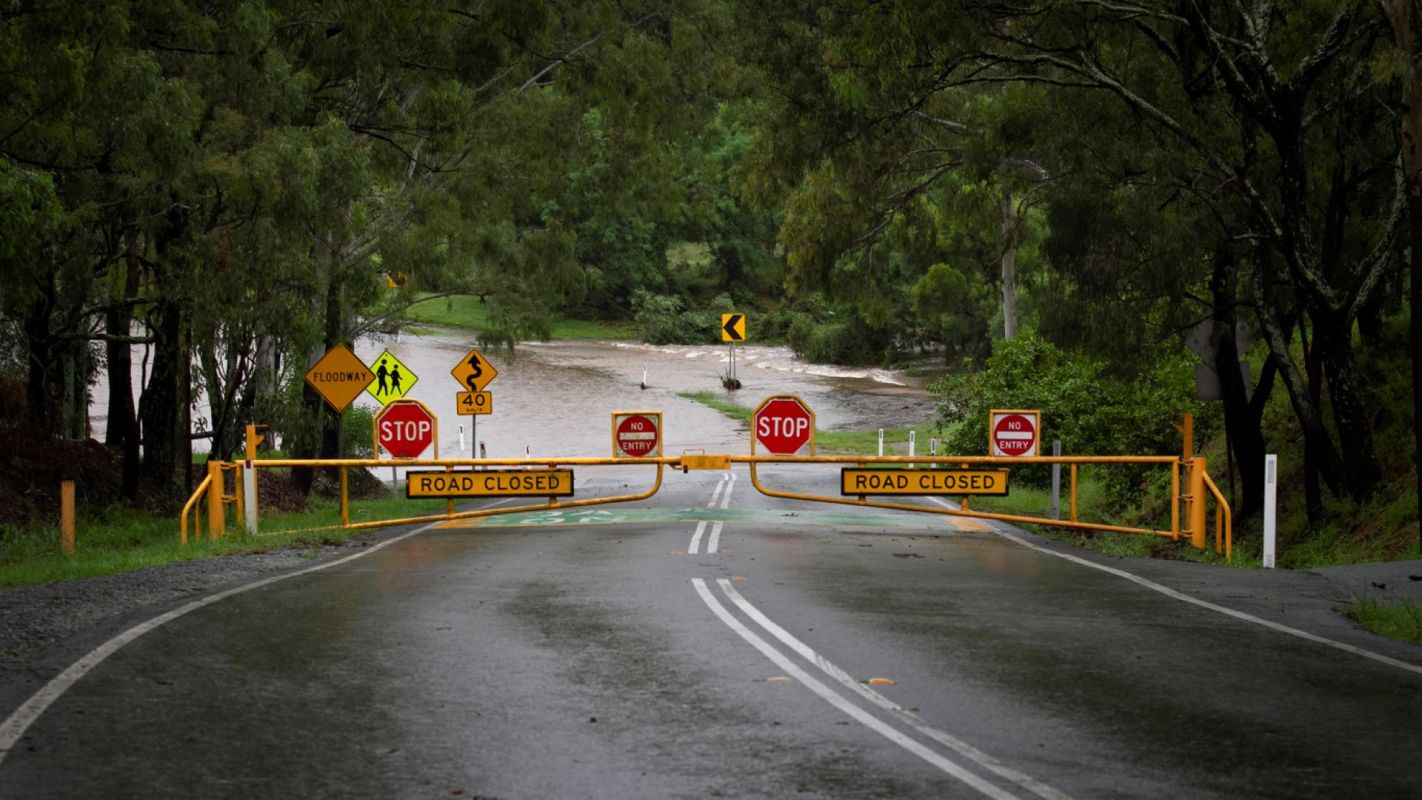Hazards caused by extreme weather in Australia led to at least 10 deaths in December.
What happened?
The Associated Press reported that severe weather started ravaging parts of southeast Australia starting on Dec. 25. By Dec. 27, officials in Queensland and Victoria had announced 10 deaths.
Three of the deaths came after a boat overturned in rough waters off the coast of Queensland.
"The storm was still raging when they were rescued," Queensland Police acting chief superintendent Andrew Pilotto said of the boat's eight survivors, per AP News. "It would have been very difficult to survive in those conditions anywhere."
Other fatalities were attributed to fallen trees and branches, and flooding, which swept several people — including a nine-year-old girl — into stormwater drains.
"It has been a very tragic 24 hours due to the weather," Queensland Police commissioner Katarina Carroll told reporters, per the AP.
Thunderstorms and strong winds also downed more than 1,000 power lines in Queensland, leaving 85,000 in the dark.
Why is severe weather concerning?
According to NASA, we can expect to see more and more extreme weather events as our planet continues to warm.
October 2022 was a particularly active month for severe weather across the globe, from a drought in Brazil drying up the Amazon River to devastating floods in Nigeria that killed at least 600 people and displaced another 1.5 million.
Not all areas face the same risks. In the United States, for instance, coastal states like California and Florida suffer the most from rising sea levels and warmer waters, which can lead to more severe flooding and hurricanes.
TCD Picks » Upway Spotlight

Meanwhile, southwestern states have been dealing with severe drought. According to one report, inland states like Kentucky might begin to face more flash flooding due to stronger hurricanes.
What's being done about worsening severe weather?
Some organizations and governments are coming up with innovative solutions to help people survive extreme weather.
Venice, which regularly floods due to high tides, is using a system of 78 floodgates to keep the city dry, as CNN reported. Officials are even thinking about injecting ocean water into the ground to raise the city, which has sunk due to water extraction, per the Economist.
In Vancouver, Canada, a team has created a plan to revamp the waterfront area to take advantage of floodwaters. The proposed project includes vertical extensions of flood-adaptive townhouses and mixed-use spaces on stilts, among other things.
And in some southwestern U.S. cities, like Phoenix and Los Angeles, officials are laying "cool pavement," a simple paint-like solution to reflect the sun's heat and alleviate extreme temperatures.
Join our free newsletter for cool news and cool tips that make it easy to help yourself while helping the planet.














